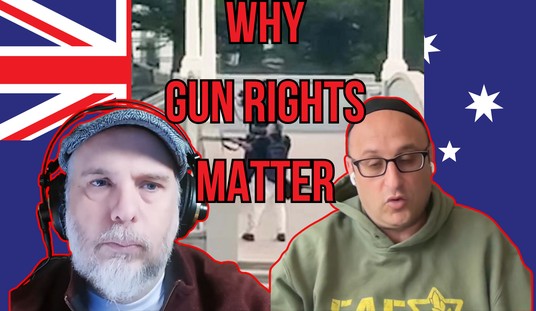Though the Oregon anti-gun ballot initiative known as Measure 114 was narrowly approved by voters last November, the measure’s contentious edicts have yet to really be enforced. Though a federal judge declined to issue a temporary restraining order halting enforcement of measure’s ban on “large capacity” magazines, gun owners have seen more success in a legal challenge filed in state court, which has kept the mag ban and new permit-to-purchase scheme from taking effect until the issue is finally decided at trial.
Well, that day is here, and in Harney County, Oregon all eyes are on the courtroom of Circuit Judge Robert S. Raschio. The judge did grant a restraining order blocking enforcement of the ballot initiative not long after the votes were tabulated, and that ruling has kept the anti-gunners at bay for most of the past year. Now Raschio will have to decide whether the state’s latest gun laws should be thrown out permanently.
The measure requires Oregonians to obtain a permit to purchase a gun. Applicants must pay a maximum $65 fee, submit a photo ID, be fingerprinted, pass a criminal background check and complete approved safety training.
Police chiefs, county sheriffs or their designees are the “permit agents” under the measure and would have 30 days to issue a permit.
Renewals would be $50.
State police are required to maintain a searchable electronic database of permits and report permit data. The sale and transfer of firearms to a person without a permit would be a Class A misdemeanor under the law and could be a felony if a repeated offense.
Measure 114 also prohibited the manufacturing, importing, purchasing, selling, possessing, using or transferring of magazines capable of holding more than 10 rounds. The restrictions were supposed to go into effect 180 days after the law’s passage.
Law enforcement and armed services members were exempt, in addition to those who already owned or inherited the magazines for use on their property, at shooting ranges or competitions, for hunting, or while transporting them to a permissible location.
Arnold v. Kotek, filed by Gun Owners of America and two individual gun owners in Harney County, alleges that the magazine ban and pistol-purchase-permit are a violation of Article 1, Section 27 of Oregon’s constitution, which states “The people shall have the right to bear arms for the defence [sic] of themselves, and the State, but the Military shall be kept in strict subordination to the civil power.” In their complaint, the plaintiffs argue that the Supreme Court’s “history, text, and tradition” test should also apply to the state-level protections afforded the right to keep and bear arms, “and as elucidated by the Court in Bruen, if a member of ‘the people’ wishes to ‘keep’ or ‘bear’ a protected ‘arm,’ then the ability to do so ‘shall not be infringed.’Period.
There are no “ifs, ands or buts,” and it does not matter (even a little bit) how important, significant, compelling, or overriding the government’s justification for or interest in infringing the right. It does not matter whether a government restriction “minimally” versus “severely” burdens (infringes) the Second Amendment. There are no relevant statistical studies to be consulted. There are no sociological arguments to be considered. The ubiquitous problems of crime or the density of population do not affect the equation. The only appropriate inquiry then, according to Bruen, is what the “public understanding of the right to keep and bear arms” was during the ratification of the Second Amendment in 1791, and perhaps during ratification of the Fourteenth Amendment in 1868.
Rashcio has already ruled in favor of the plaintiffs in granting a restraining order and then an injunction halting enforcement of Measure 114, and he’s made it clear that he’s not interested in hearing the state try to justify the new restrictions through emotional appeals.
Defendants had intended to call trauma surgeon Dr. Mackenzie Cook, the daughter of a victim of the Clackamas Town Center shooting, and provide testimony related to the number of rounds fired in self-defense situations, according to the motion from the plaintiffs.
While Raschio agreed to the plaintiffs’ motion, he also granted the defendant’s motion to exclude testimony relating to state and local efforts and ability to implement the measure.
Instead, Raschio said he will focus on the text of the measure as it applies to Article I, Section 27 of the Oregon Constitution.
“The question is whether or not Measure 114 is facially constitutional under the Oregon Constitution. So all of that evidence is outside the scope of the court’s purview since I’m not making a policy decision,” Raschio said, according to the Oregonian. “I’m just making a determination on the constitutionality of the ballot measure.”
That should benefit plaintiffs here and keep Measure 114 from being enforced, at least for the time being. Ultimately, the state Supreme Court will have the final word in Arnold v. Kotek, just as SCOTUS will be the arbiter of the multiple lawsuits levied in federal court against Measure 114. We still have a way to go before either round of litigation reaches their final destination, but unless Raschio does a complete 180-degree turn from his previous rulings Measure 114 will remain both unenforceable and deemed unconstitutional at the conclusion of this week’s trial.









Join the conversation as a VIP Member